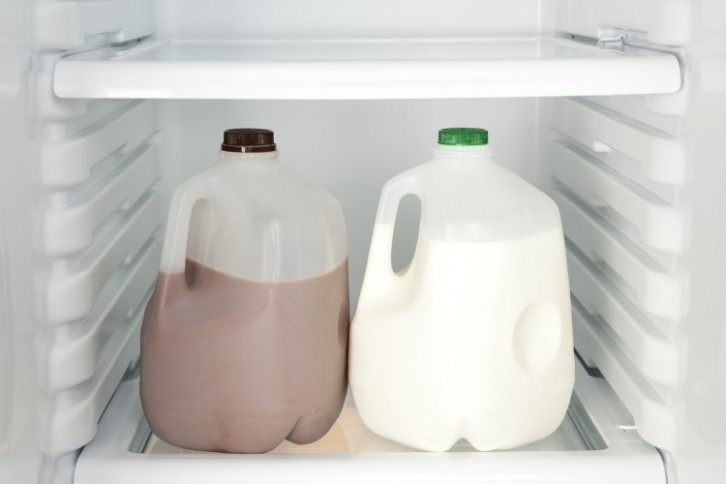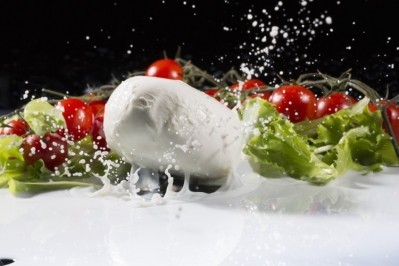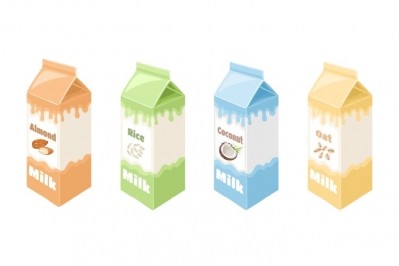US recycling laws ‘a growing pain point’ for food producers, says FoodChain ID

According to FoodChain ID, an insights and technology provider for the food supply chain, packaging sustainability remains a key focus for CPG companies as regulators and consumers alike demand firms to accelerate their progress.
“Sustainable packaging is a broad topic that can range from designing and manufacturing more recyclable packaging from virgin materials to increasing use of post-consumer recycled content (PCR) to manufacturing re-usable materials such as glass bottles,” said Matthew Parker, food contact subject matter expert at FoodChain ID.
While the trend isn’t new, the company had seen “exponentially increased interest” towards it in the last five years, he explained.
In the West, this is mostly is driven by regulation, with EU lawmakers having proposed major regulation that aims to ensure that all packaging on the EU market is reusable or has the provision for closed-loop recycling by 2030. Over in the US, a need for realtime regulatory monitoring has been identified to oversee the effectiveness of state-level regulations.
Do deposit recycling schemes matter?
But can food manufacturers gain a competitive edge by moving to more sustainable packaging – and how much do shoppers care?
“FoodChain ID hears from our clients that sustainability is on the mind of shoppers, although the level of interest varies by region and age group,” Parker said.
“The Generation Z and Millennial cohorts are driving higher interest compared to older consumers. For consumers of all ages, price remains the top consideration due to increasing food and beverage costs, but sustainability is not far behind - and growing in importance.”
“Truly sustainable packaging is becoming a competitive advantage,” he added.
Parker suggested that recycling programs could hold the key to forcing consumers to take notice and as an extension, improve recycling rates. “When consumers are required to pay a deposit, they are more likely to return the recyclable items,” he explained. “The ease of return at the local level is also influential to their decisions.”
Overcoming the food contact packaging scarcity
The main challenge for food manufacturers, however, isn’t so much with converting consumer purchase intent through packaging choices, but finding recycled materials that can be used for food packaging in the first place. “It is important for companies to know the source of the materials,” Parker explained. “Recycled plastic packaging for food must come from material originally used for food contact. Food safety cannot be sacrificed.”
“The food supply chain is challenged to find sufficient supplies of food contact packaging to meet minimum requirements coming from Europe and certain US states,” he added.
“In the US, a growing pain point comes from the increasing patchwork of inconsistent recycling and other laws across states. What is ‒ and is not ‒ recycled in practice in different local jurisdictions makes it incredibly difficult for regional or national brands to make a claim that a product can be composted or recycled. Food companies currently must identify and adapt to the US state with the strictest requirements to allow for efficiency of business across states.
“A US national system would be much more effective for both industry and consumers but is likely impossible in the current political environment.”
In the meantime, providing clear and visible recycling logos on food and beverage packaging can help educate consumers while also gently prodding them to recycle, Parker added.
Besides finding the right materials for food-grade packaging, manufacturers have also been turning their attention to weight reduction, he explained. “Another area of interest for manufacturers is the reduction of packaging weight to reduce the volume of the waste stream. For the dairy industry, the one-gallon milk jugs are ideal for recycling because they lack color, so there is no concern on removing colorants from materials.”
Other trends include the use of renewable, plant-based materials and an industry-wide focus on reducing carbon emissions, Parker added.
With that in mind, FoodChain ID recently launched a suite of sustainable packaging services to enable manufacturers to monitor and respond to the latest trends in packaging sustainability, access reports and digests, assess compliance solutions and sustainability documents, and more.
There had been an uptick in demand for services linked to organic, regenerative agriculture and carbon credit verification, an area that the company had been working in, too, Parker said. “We have seen an increasing need for cooperation across the packaging supply chain and have hosted monthly working groups across our customer base, beginning with well-known brands and bringing comparative discussions across the packaging supply chain.
“We are particularly strong around sustainability labelling and claims identification in different jurisdictions nationally and internationally. FoodChain ID is unique in providing a suite of data tools, customizable reports and staff experts to keep up with the rapidly changing regulatory environment."





